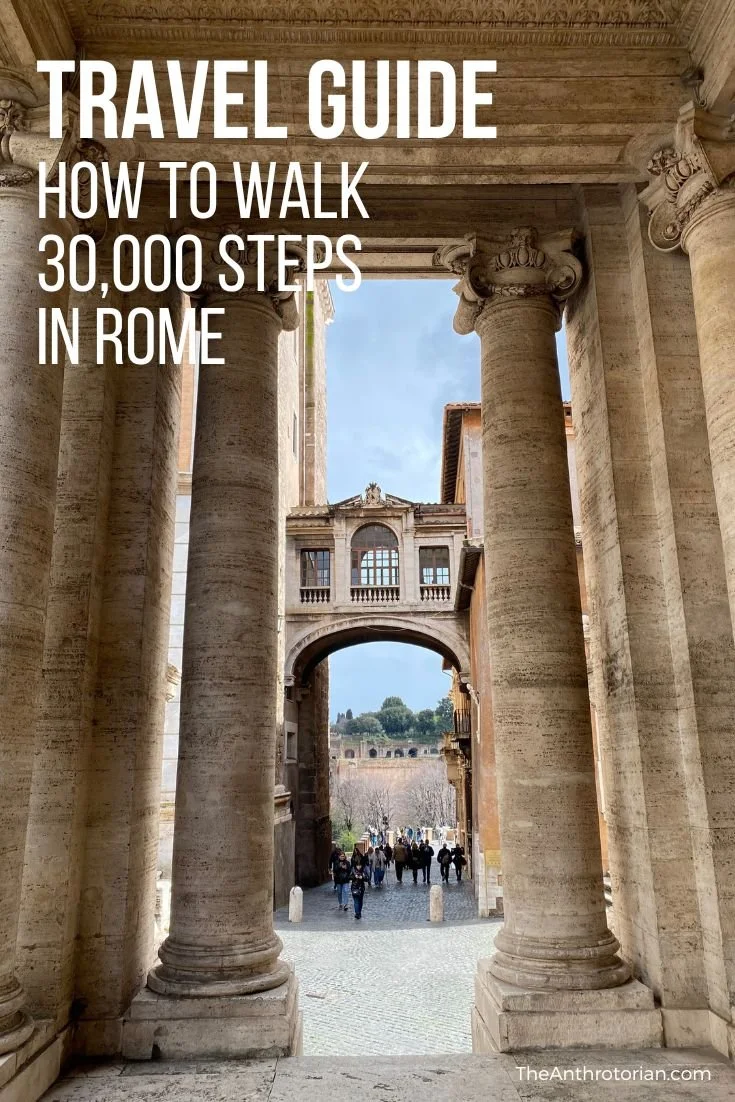Nicknamed La dame de fer (the iron lady), the Eiffel Tower is one of the most well-recognized buildings in the world. This latticed iron structure, located in the Champ de Mais in Paris, was erected in 1889 for the World’s Fair of that same year.
Though the tower is now considered to be a cultural and global icon of France, beloved by the majority of its citizens, this was not always the case.
When engineer Gustave Eiffel (the man after whom the tower is named, who also created New York’s Statue of Liberty) put forth a proposal for the 320m (324m including the antenna) building, he was met with massive opposition from the artistic elite.
Some of the most influential members of the art establishment banded together in a group called The Committee of Three Hundred in order to defend what they considered to be “the untouched beauty of Paris”.
They insisted that the “metal asparagus”, a useless monstrosity, would humiliate and overshadow beloved monuments like Notre Dame, the Louvre, and the Arc de Triomphe.
To them, it was an ugly and overblown work of engineering.
“Every 7 years, the Eiffel Tower is painted with 50-60 tonnes of paint to protect it from rust. Painters use three different colors, with the darkest on the bottom and lightest on the top, to enhance the impression of height”
Despite their objections, construction on the Eiffel Tower moved forward and was visited by over 2 million Parisians the day that it opened to the public.
Though many grew to accept the tower, there were still some from The Committee who refused to accept its presence. It is said that writer Guy de Maupassant ate lunch every day at its ground floor restaurant — the only place, he claimed, where he couldn’t see the offensive thing.
Though some still see it as an eyesore overrun with tourists, the 7,000 tons of metal are now widely considered to be a striking piece of structural art.
What do you think — art or eyesore?
Pin Me!
Related Posts
Mmmm Macarons — The History of These Beautiful French Treats
What's The Difference Between The Roman Pantheon and The Paris Pantheon?
Tips For Visiting The Louvre: How To Beat The Crowd And Make The Most of Your Visit
Destination Paris: Unconventional Things To See & Do In This Unconventional European City













